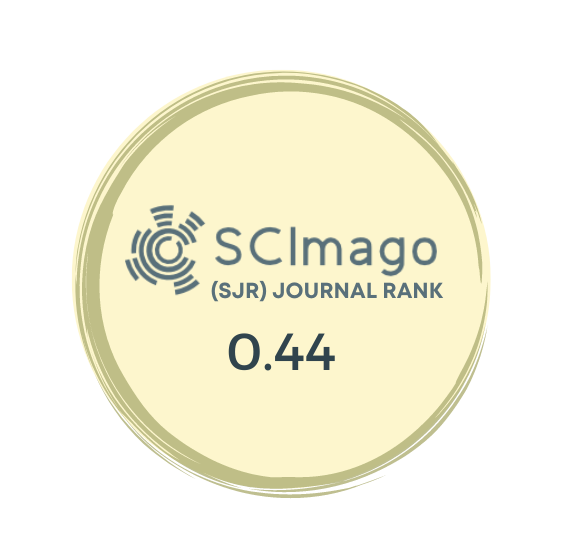Abstract
Objective
The aim of this study was to investigate the functional role of each head of the triceps brachii muscle, depending on the angle of shoulder elevation, and to compare each muscle force and activity by using a virtual biomechanical simulator and surface electromyography.
Methods
Ten healthy participants (8 males and 2 females) were included in this study. The mean age was 29.2 years (23–45). Each participant performed elbow extension tasks in five different degrees (0, 45, 90, 135, and 180°) of shoulder elevation with three repetitions. Kinematics data and surface electromyography signal of each head of the triceps brachii were recorded. Recorded kinematics data were then applied to an inverse kinematics musculoskeletal modeling software function (OpenSim) to analyze the triceps brachii's muscle force. Correlation between muscle force, muscle activity, elbow extension, and shoulder elevation angle were compared and analyzed for each head of triceps brachii.
Results
At 0° shoulder elevation, the long head of the triceps brachii generates a significantly higher muscle force and muscle activation than the lateral and medial heads (p < 0.05). While at 90°, 135° and 180° shoulder elevation, the medial head of the triceps brachii showed a significantly higher muscle force than the long and the lateral heads (p < 0.05).
Conclusions
Each head of the triceps brachii has a different pattern of force and activity during different shoulder elevations. The long head contributes to elbow extension more at shoulder elevation and the medial head takes over at 90° and above of shoulder elevation. This study provides further understanding of triceps brachii's for clinicians and health trainers who need to investigate the functional role of the triceps brachii in detail.
ER -


.jpg)
.png)

.png)
